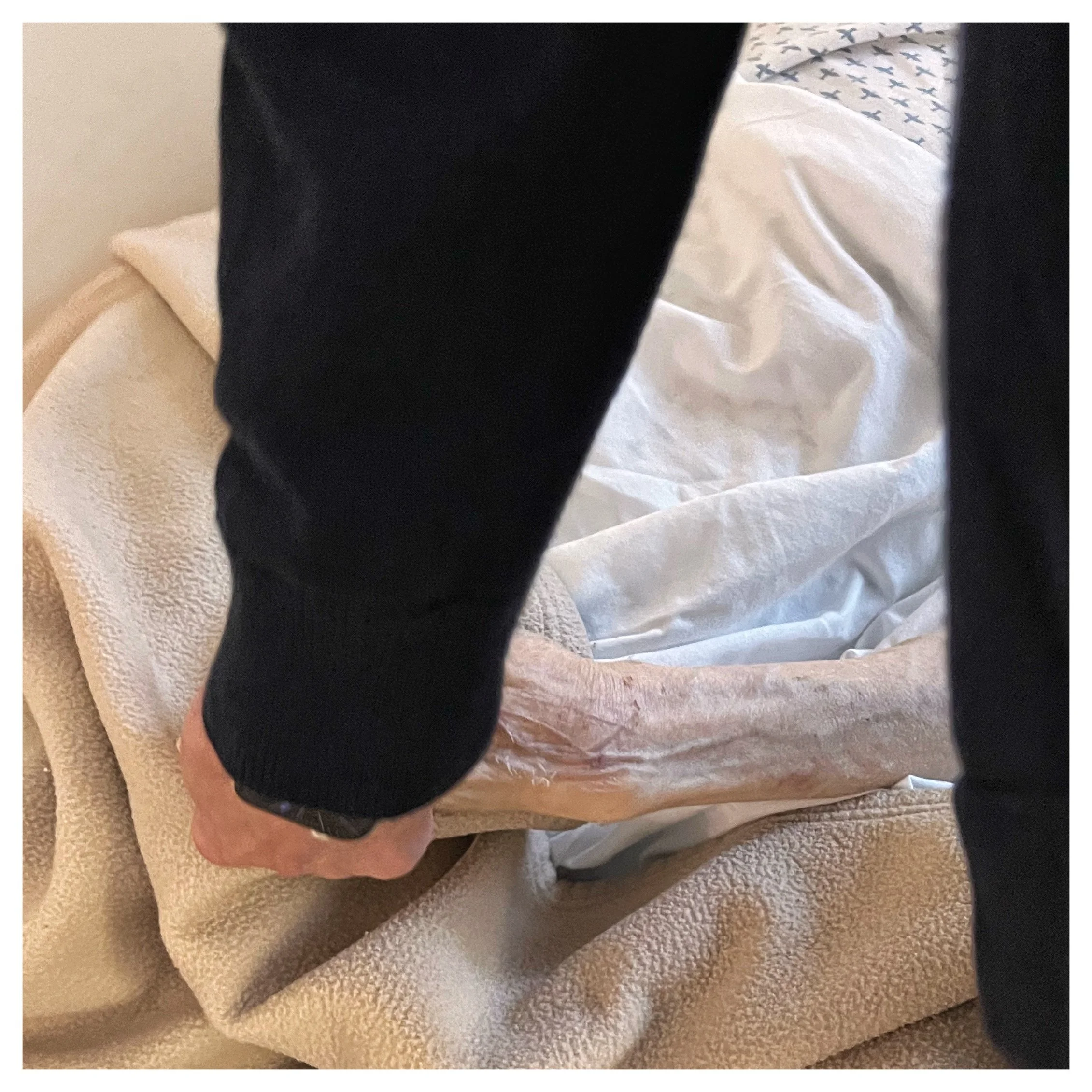A little more than one year ago, Hurricane Helene ravaged Western North Carolina, a beautiful portion of Appalachia where my wife, Paula, and I moved in 2022—two years after we retired. Our home is in Asheville, a picturesque mountain town and the cultural center and county seat of Buncombe County. In this county, 40% of the storm-related deaths in North Carolina occurred during this historic natural disaster. Flooding washed away homes, and tremendous winds toppled countless trees in the beautiful woodlands. The entire landscape was transformed into a tangle of downed oaks, pines, and maples. Nearly two hundred miles of the Blue Ridge Parkway—one of the country’s national treasures—were closed; the North Carolina Arboretum (located in Asheville) estimated that it lost 10,000 trees among its 1,000 acres.
This was a challenging time for us. In addition to the storm, Paula’s mother, who moved to a retirement facility in Asheville to remain near us, suffered a stroke days before the storm and passed away approximately three weeks afterwards. Paula, who is an enthusiastic naturalist (she has completed both the Texas Master Naturalist and Blue Ridge Naturalist programs in her first five years of retirement), had to mourn the loss of her mother and the loss of nearly one hundred trees in the one-half acre lot where our house sits and the adjacent one-half acre lot of dense woodland that we had also purchased.
Once the initial steps of the monumental cleanup were underway, I suggested that we take a short trip to North Carolina’s Outer Banks: the barrier islands along the state’s beautiful coastline. We had not yet seen that part of the state, and after losing her mother and witnessing the destruction of a majority of the trees around our new home, I thought Paula needed a rest and a brief change of scenery. We stayed in a beautiful bed-and-breakfast in the town of Manteo on Roanoke Island. The time away and the opportunity to experience, for the first time, a new area of natural beauty was therapeutic for both of us. When consulting our Outer Banks guidebook, we read about the Elizabethan Gardens in Manteo (a “garden…created for your enjoyment, and as a living memorial to the time when Sir Walter Raleigh’s lost colonists lived in this very place over 400 years ago”). While walking from one section of the gardens to another in mid-November, we were impressed with all we saw and decided we wanted to return one Spring to see the flowers in bloom and trees with leaves.
Then I witnessed Paula’s epiphany as we wandered through the “woodland garden” portion of the 10.5-acre Elizabethan Gardens—when she had the idea to create a woodland garden in our adjacent one-half-acre lot, which was originally densely wooded. That land, which only had approximately a dozen remaining trees—a small number of them tall, healthy trees—was a blank landscape upon which she could transform into woodland retreat by planting native trees and shrubs (including those ideally suited to attract birds and pollinators), creating a trail, and placing a birdbath for birds and benches for people to spend time and enjoy nature.
Soon after we returned to Asheville, Paula began planning the transformation. Using plans from our landscape architect, our landscaper completed the cleanup of the future woodland garden. In the Spring, a nature trail was created, trees and shrubs were planted, and birds began visiting their birdbath. Neighbors began telling us how the inchoate garden was lifting their spirits and encouraging them to undertake similar projects to create new landscapes in our community.
It is time for me to tie this all in with the title of this piece. Frederick Law Olmsted, the father of landscape architecture in America, had a significant impact in many parts of the country: designing NYC’s Central Park and Prospect Park, the 1893 World’s Columbian Exposition in Chicago, and the grounds of the US Capitol. He is a household name in Asheville as he devoted much of the last decades of his life designing the gardens and woodlands of the Biltmore Estate.
Olmstead championed the democratization of public spaces for recreation, the appreciation of nature, and relief from the stresses of urban life. He said that “a park is not simply a place to escape the hustle and bustle of the city; it is a sanctuary for the human spirit.” Most importantly to us, it allowed people who were mourning the loss of their forested community to see that there was still remarkable beauty in the land that remained and to understand that they—being entrusted with the stewardship of that land—could help it grow into a new, awe-inspiring natural space. We just have to embrace Olmsted’s values—his ability to see his surroundings as a blank canvas where nature’s beauty can be nurtured. As Olmsted famously said, “nature has a way of reminding us of our place in the world.”
Most importantly, we have to be patient, as patient as a landscape architect. When discussing the life of a landscape architect, Olmstead once remarked: “I have all my life been considering distant effects and always sacrificing immediate success and applause to that of the future. In laying out Central Park, we determined to think of no result to be realized in less than 40 years.” I hope we and our neighbors in Asheville can learn from Olmsted and strive to show such patience.
Alan Schlesinger
Joanna joannaseibert.com




